This highlight illustrates a key characterization advance realized at the Center for Dynamics and Control of Materials – temporally resolved light-induced microwave impedance microscopy.

This highlight illustrates a key characterization advance realized at the Center for Dynamics and Control of Materials – temporally resolved light-induced microwave impedance microscopy.
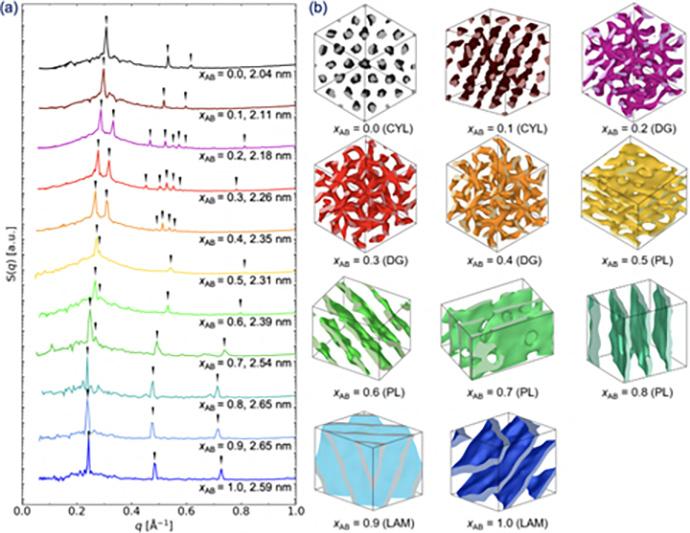
Based on the hypothesis that blending LAM- and CYL-forming block oligomers may yield stable network phases, molecular dynamics simulations are used to study binary blend self-assembly of AB-type diblock (n-tridecan-1,2,3,4-tetraol) and AB2-type miktoarm (5-octyl-tridecan-1,2,3,4-tetraol) amphiphiles.
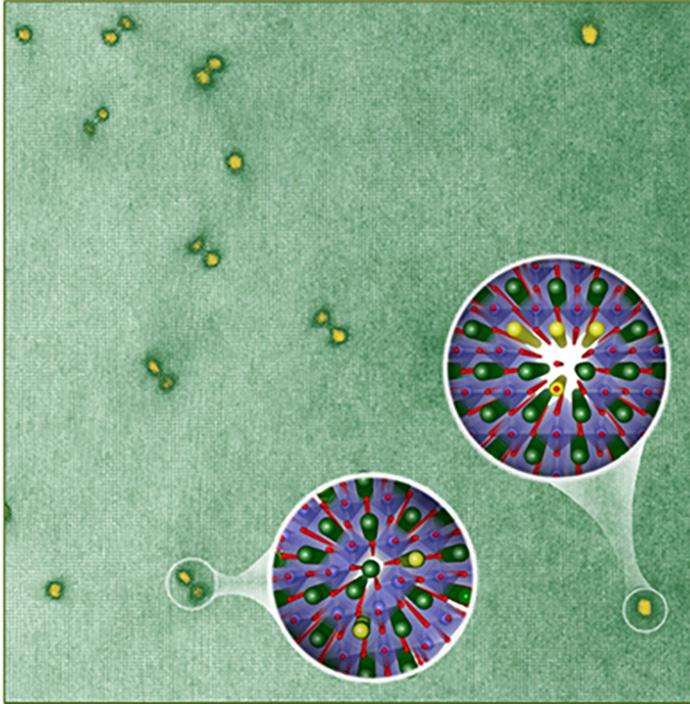
Emerging semiconductors such as tin-based oxides have enormous application potential in devices, as they are transparent, support highly mobile electrons, and have wide “energy gaps”. Unlike better developed semiconductors, however, these materials are prone to harboring defects, which can limit essential properties such as electron mobility.
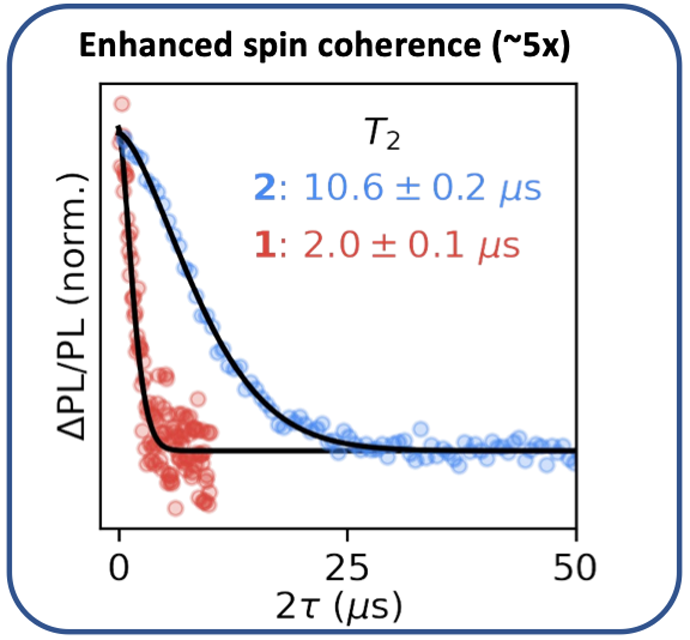
At the University of Chicago MRSEC, we demonstrate that controlling the molecular crystal hosting the active qubit is a powerful means for enhancing coherence.
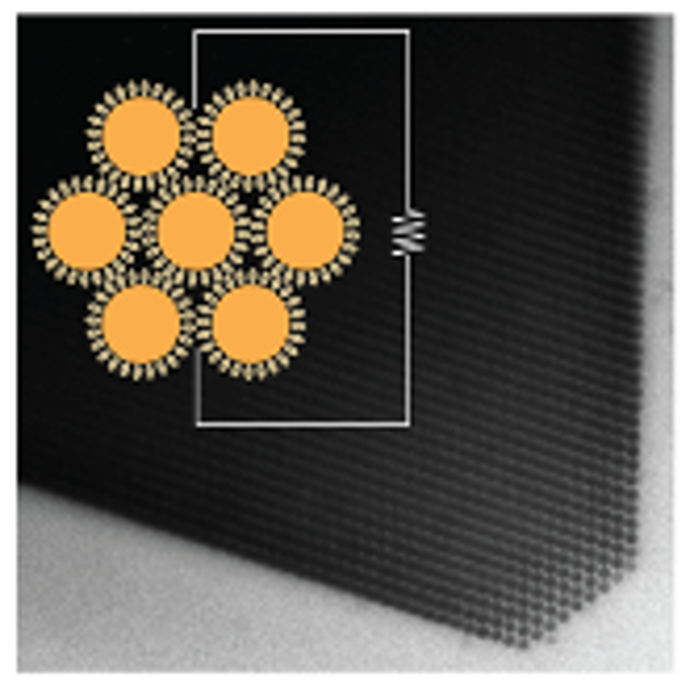
At the University of Chicago MRSEC, we have demonstrated the self-assembly of charged nanocrystals into strongly electronically coupled supercrystals, a feature previously not possible with traditional insulating organic surface ligands.
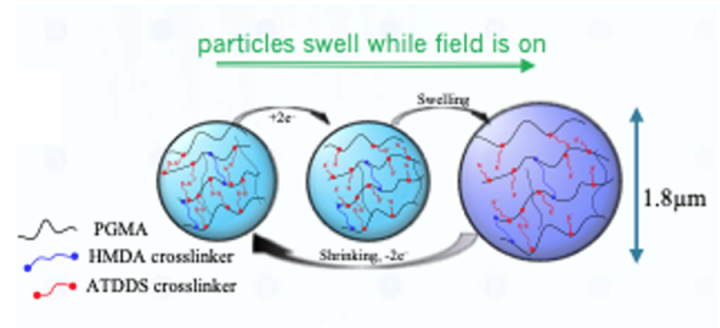
A collaboration between the University of Chicago MRSEC groups of Jaeger, Patel, and Rowan showed that the complex modulus of a dense suspension of microparticles can be increased exponentially over several orders of magnitude by applying interval training during oscillatory shear, leading to a structural memory.
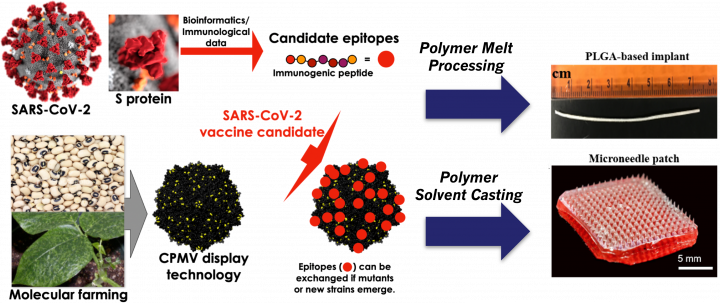
The COVID-19 pandemic highlights the need for platform technologies enabling rapid development of vaccines for emerging viral diseases. The current vaccines target the SARS-CoV-2 spike (S) protein and thus far have shown tremendous efficacy. However, the need for cold-chain distribution, a prime-boost administration schedule, and the emergence of variants of concern (VOCs) call for diligence in novel SARS-CoV-2 vaccine approaches.
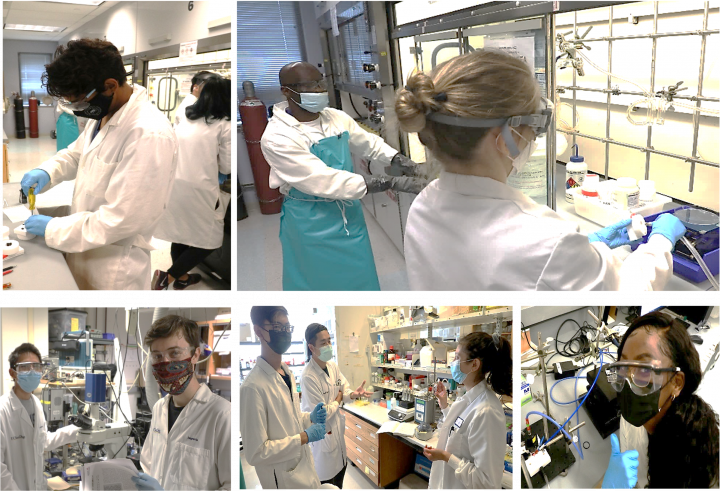
The UCSD MRSEC RIMSE Summer Schools prepare trainees to engage in research, in MRSEC labs and within UCSD at large. The program streamlines high school students, undergraduate students (with a particular focus on transfer students), REU students, and incoming graduate students into research programs in the domains covered by the two IRGs.
This work represents the first study to establish fluoride as a universal amorphizing agent in the indium oxide system, and by inference, may play a similar role in related oxide semiconductor materials.
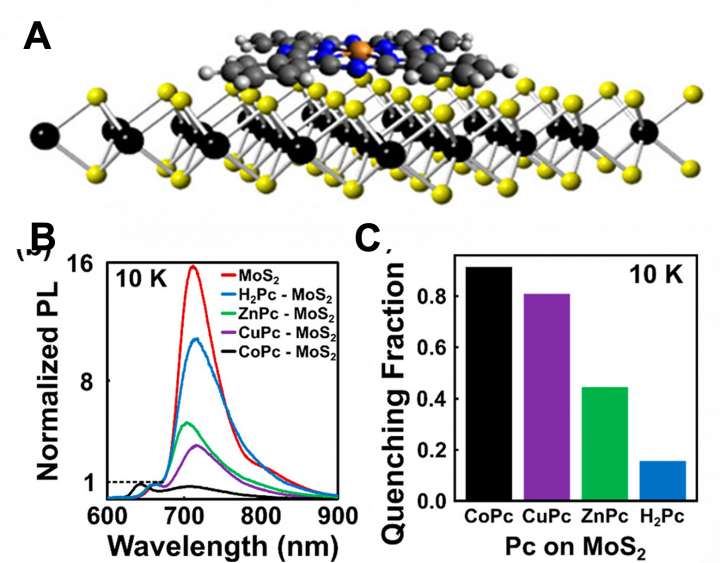
Lattice defects play an important role in determining the optical and electrical properties of monolayer semiconductors such as MoS2. Although the structures of various defects in monolayer MoS2 are well studied, little is known about the properties of the fluorescent defect species and their interaction with molecular adsorbates.